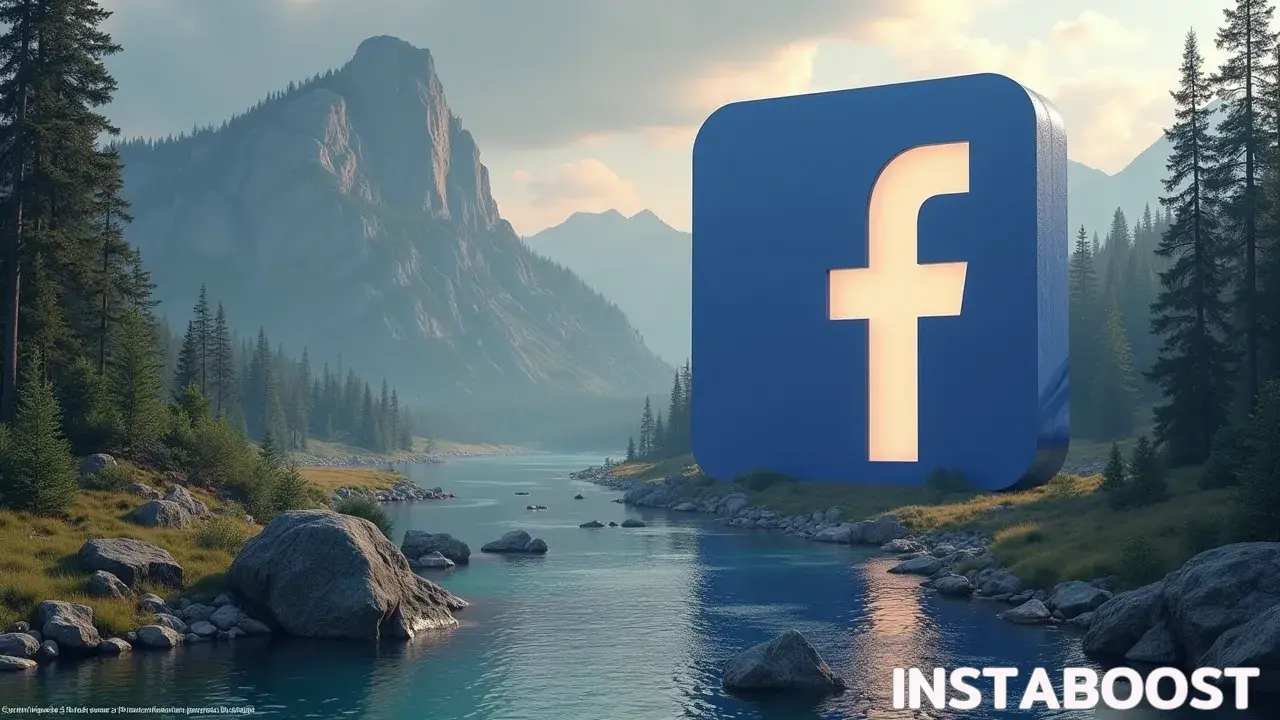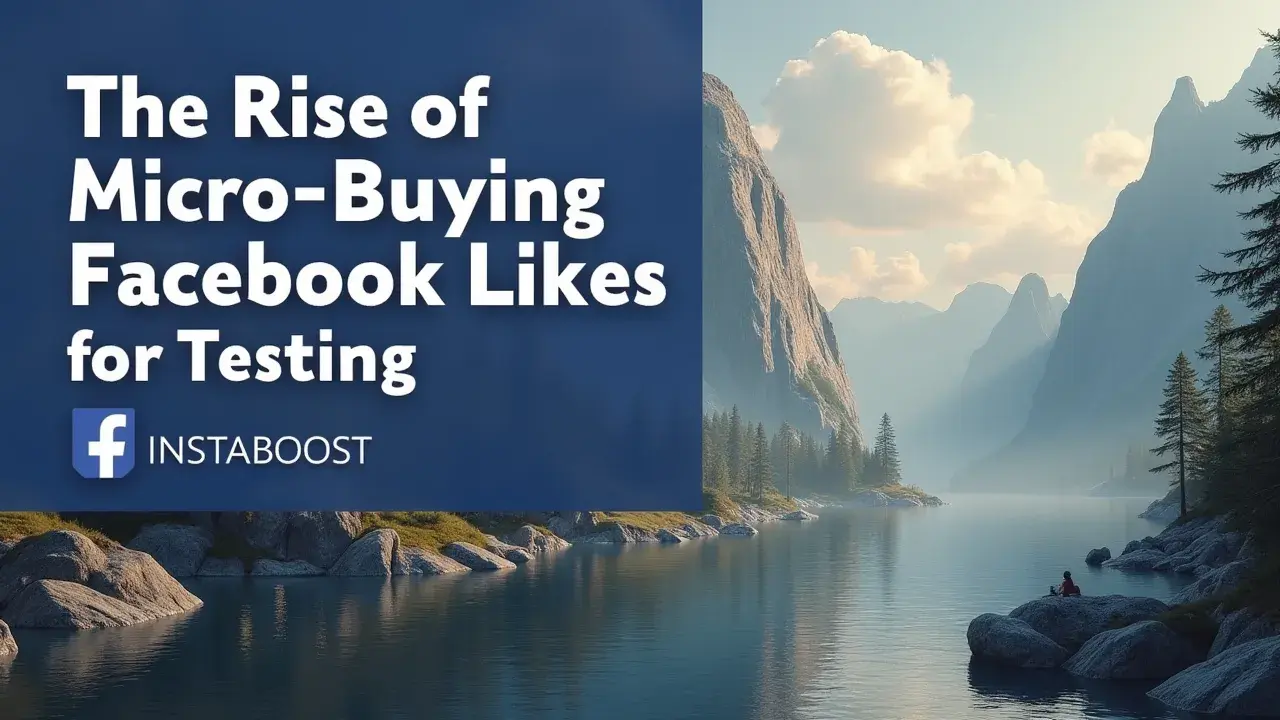Why Micro-Buying Facebook Likes for Testing Is Rising?
Micro-buying Facebook Likes is reshaping how campaigns are tested by offering quick, low-cost signals of audience receptivity. When used carefully, these small boosts help isolate variables and gauge creative or messaging traction before larger spend. Risks include mistaking paid reactions for genuine intent, but aligning micro-buys with clear test hypotheses and follow-up metrics keeps insights grounded. The smart path is treating likes as a directional input, validated by downstream engagement and conversion data.
Testing the Waters: Why Micro-Buying Facebook Likes Is Gaining Ground
Lately, buying a small batch of Facebook likes isn’t really about trying to look popular anymore – it’s become a practical shortcut for figuring out what works online. If you’re running a business page, building up a brand, or you’re just trying to get a sense of how your posts land, it can be kind of helpful. For a few dollars, you can test out whether a post or an ad gets any notice, before you spend more energy or budget on it. It’s not about chasing huge numbers; it’s more about getting those first hints – like, does this even register with anyone? This kind of thing seems to matter most in busy threads, like giveaway posts where it’s easy for your comment to disappear in the crowd.
Sometimes, if you give a post a handful of likes, Facebook’s algorithm seems to pick up on that and shows it to a few more people, which can make a difference when you’re starting out. There’s a lot to learn just from the small stuff – sometimes even reading up on Facebook promotion essentials gives you a better sense of what’s actually worth trying.
It’s a way to see how people react early on, and you can adjust what you’re doing based on real responses, without making it obvious or risky by buying a big bundle of likes. Social media feels different now – less about trying to impress with stats and more about quietly trying things out, seeing what people respond to, and maybe figuring out a better approach as you go. Some folks just want to see if a comment will stick at the top, others are looking for honest signals before they go all in, and there’s something steady about that shift.
It’s a way to see how people react early on, and you can adjust what you’re doing based on real responses, without making it obvious or risky by buying a big bundle of likes. Social media feels different now – less about trying to impress with stats and more about quietly trying things out, seeing what people respond to, and maybe figuring out a better approach as you go. Some folks just want to see if a comment will stick at the top, others are looking for honest signals before they go all in, and there’s something steady about that shift.

Why the Savviest Marketers Embrace Micro-Buying for Proof, Not Popularity
A lot of teams – good ones, too – don’t notice this. People tend to write off buying a handful of Facebook likes as nothing more than chasing numbers, but there’s something more practical going on. Say you’re working on a new ad, or you’re in a giveaway thread, scanning for comments that actually get attention. Giving a small boost to those posts helps you see, early on, which ideas connect with people. It’s not about faking popularity; it’s about getting a quick read on what actually interests your audience before you invest more time or money. Facebook’s algorithm pays attention to little bursts of activity, and even a small lift can move your post into more people’s feeds.
Sometimes that’s all you need to spot the ideas that really land – or the ones that fall flat. Agencies like INSTABOOST use these little tests all the time for that reason, and it helps them quit guessing and start making decisions based on what’s really happening.
When you’re trying to grow engagement or pick out the comments that are likely to get the most traction, these small steps give you a fast, low-risk way to see what’s working. And with organic reach being as hit-or-miss as it is lately, having that early feedback does make a difference – just like the way some brands quietly gain new Facebook page supporters before their posts even have a chance to take off.
When you’re trying to grow engagement or pick out the comments that are likely to get the most traction, these small steps give you a fast, low-risk way to see what’s working. And with organic reach being as hit-or-miss as it is lately, having that early feedback does make a difference – just like the way some brands quietly gain new Facebook page supporters before their posts even have a chance to take off.
Turning Micro-Data into Macro Wins
Everything I’ve seen that actually scales starts with a shift in mindset. When you move away from thinking of micro-buying Facebook likes as a way to boost your ego, and start looking at it as a tool for running small, controlled experiments, things become a lot clearer. It’s not about buying a few likes and checking off a box – it’s about watching what happens, comparing the results, and letting those early signs help you figure out what works. Say you’re aiming to get your comment noticed in a Facebook giveaway thread; spending a couple of dollars to test different comment styles lets you quickly see which one draws more attention, before you put in more effort trying to win organic engagement.
The feedback comes quickly. With a small budget, you find out if your approach is worth pursuing or if it needs to change. The marketers who take this seriously use the numbers to adjust things as they go – tweaking the wording, the way the comments are formatted, or the timing of their posts – gradually finding what helps them stand out. It’s not about taking shortcuts. It’s more about removing the guesswork. For some, it’s just a routine part of figuring out how to increase likes on Facebook comments, almost like checking the temperature before heading outside.
When people using INSTABOOST track these little tests, they start to pick up on patterns – certain phrases that always seem to get more likes, or ways that changing an emoji makes a difference. What stands out is how practical this is – you’re responding to what real Facebook users do, not just following a hunch.
Over time, these small experiments build up and give you a more solid, data-backed way to improve your engagement. Micro-buying, in the end, isn’t really about hacking the system – it’s a way to learn faster, take manageable risks, and see each small adjustment for what it’s actually worth.
Over time, these small experiments build up and give you a more solid, data-backed way to improve your engagement. Micro-buying, in the end, isn’t really about hacking the system – it’s a way to learn faster, take manageable risks, and see each small adjustment for what it’s actually worth.















